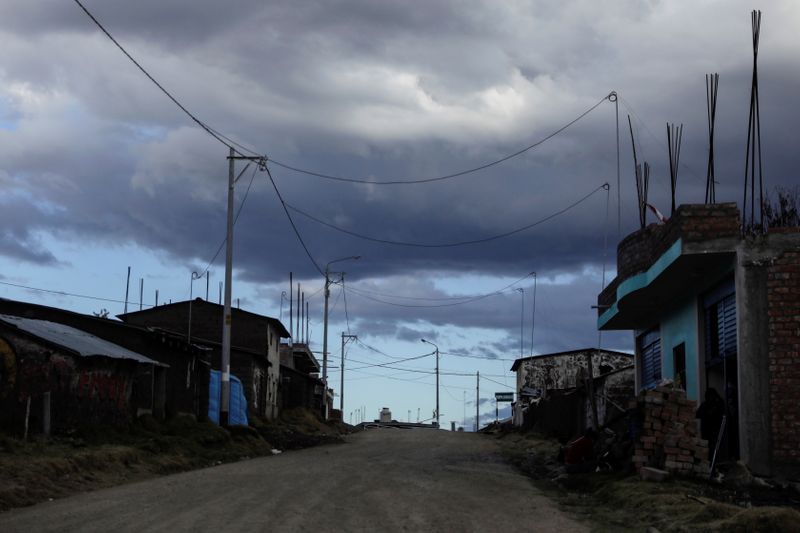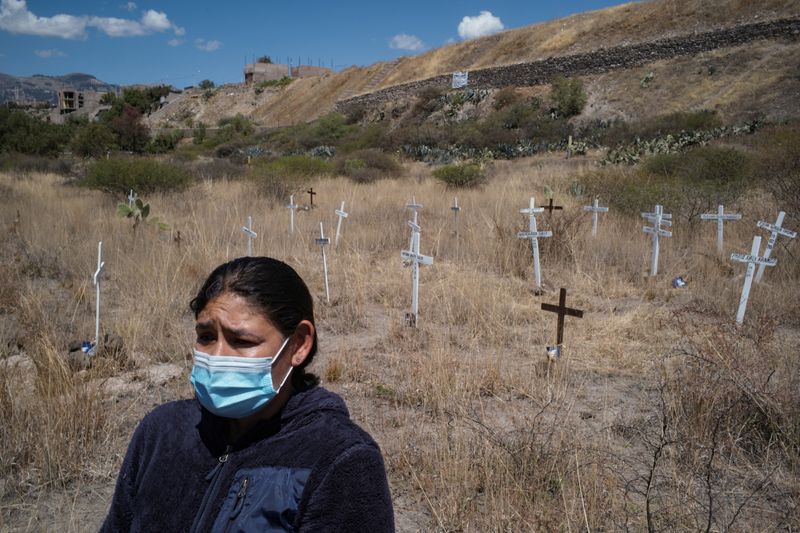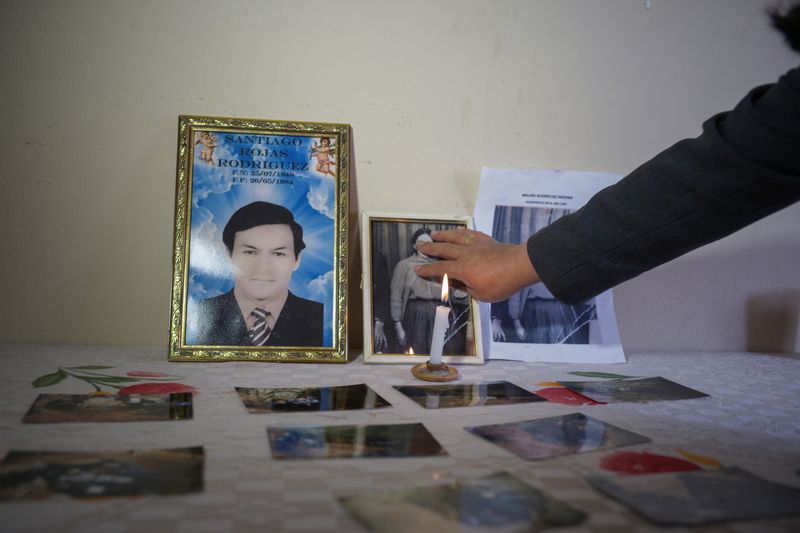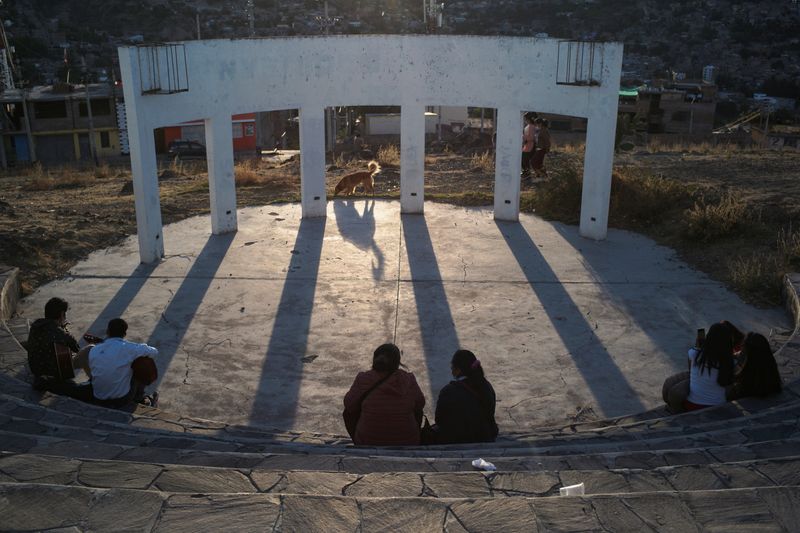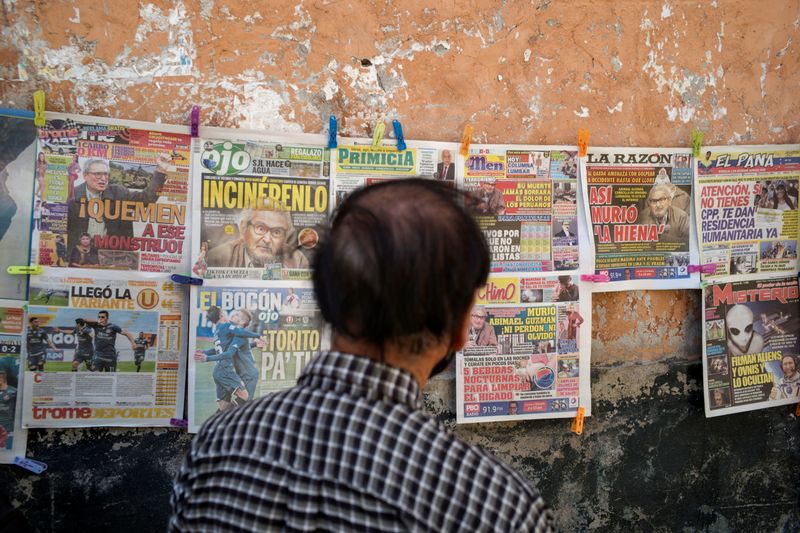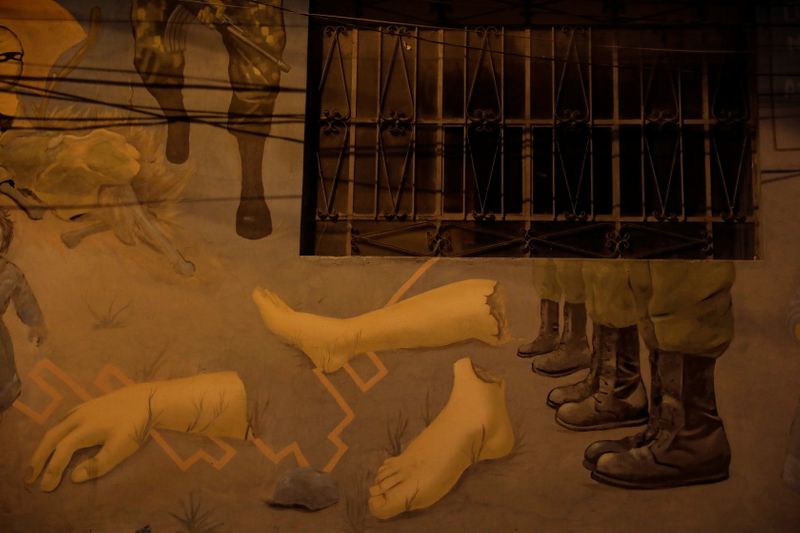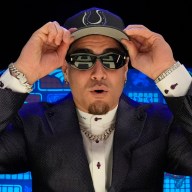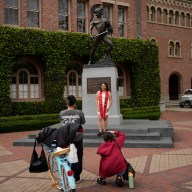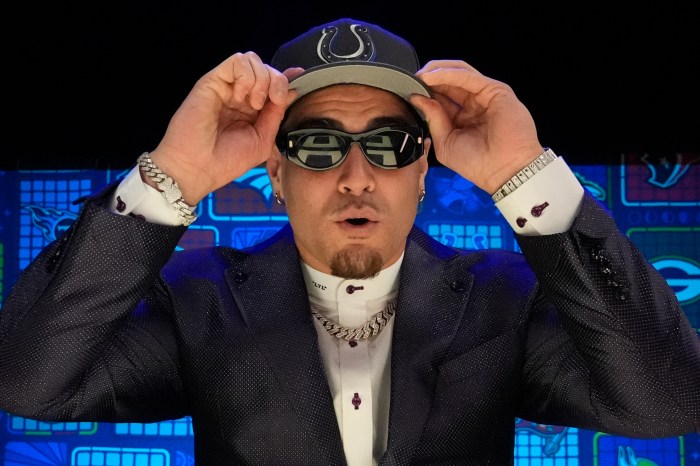ÑUÑUNHUAYCCO, Peru (Reuters) – In Ñuñunhuaycco, a tiny village in the Peruvian Andes, residents recall almost daily a terror that once haunted them every time the sun went down.
Before dusk in the 1980s locals would often run into the hills in case brutal Shining Path militants came through in their long-running battle to topple the Peruvian state and impose their own Maoist brand of communism.
“We had small children. (My wife) would carry one and pull the other even while she was pregnant. We’d then go sleep in a ditch,” said Cirilo Huallanca, 62, a farmer who has lived all his life in Ñuñunhuaycco.
“There was so much sadness,” he said as he wept.
Memories of those years have been stirred by the death of Abimael Guzman, the professor who founded the Shining Path. Arrested in 1992, he died in prison https://www.reuters.com/world/americas/abimael-guzman-founder-peruvian-rebel-group-shining-path-dies-86-2021-09-11 on Sept. 11 while serving a life sentence.
In Ñuñunhuaycco and the surrounding Ayacucho region, where Guzman first launched his insurgency, many people Reuters spoke with said his death could not heal wounds and grief that they had bottled up over decades.
An estimated 69,000 Peruvians were killed – nearly half in Ayacucho – during bloody standoffs between the Shining Path and the state, with violence on both sides. The bodies of many who died were never recovered.
“We don’t have anywhere to take our grief,” said Rodomila Segovia, a social worker who said her mother and uncle were killed by the Shining Path and she was sexually assaulted by the military in the 1980s.
Indigenous Quechua-speaking groups in Ayacucho bore the brunt of the suffering, according to Peru’s Truth and Reconciliation commission. Its data show slightly over half of those who died were killed by the Shining Path, a third by the military and other state authorities, while others were killed by peasant communities fighting back in self-defense.
Even in death Guzman remains a polarizing figure, with disagreement over what should happen to his remains.
Many want to cremate and scatter his ashes to avoid a grave site that could be a rallying point for supporters. Sebastian Chavez Sifuentes, a lawyer for Guzman and his imprisoned widow, told Reuters they want cremation but to keep the ashes. Peru’s public ministry on Wednesday said it had denied their request to hand over the body.
‘WE CAN’T TALK FREELY’
Guzman launched his bloody Maoist insurgency in 1980 by burning electoral ballots. Soon, the Shining Path became one of Latin America’s deadliest guerrilla groups.
The government turned to the military, sending soldiers to places like Ayacucho, where they struggled to distinguish peasants from insurgents.
Guzman’s ability to avoid capture became legendary as Peru spiraled into chaos. It came to an end in 1992, when he was finally caught in a middle-class neighborhood of Lima.
The violence ceased and the Shining Path is no longer considered a military threat, although scattered factions remain. Militants from a dissident faction killed https://www.reuters.com/world/americas/perus-shining-path-rebels-kill-least-14-ahead-vote-military-2021-05-24 16 people in May this year, authorities said.
Complicating the healing process, a law that makes ‘apology for terrorism’ a crime that can include prison time has been used in the past for political ends, critics say. Both victims and former militants said they are scared to speak out for fear their words would be misinterpreted or twisted.
“We cannot talk freely,” said Lurgio Gavilan, who joined the Shining Path aged 13, later became a soldier and is now an anthropology professor at Ayacucho’s San Cristobal University, the same place where Guzman once taught philosophy.
“Somebody speaks, then they take it out of context and we get labeled as terrorists.”
‘I CAN’T SLEEP’
The town of Ñuñunhuaycco, like much of Ayacucho, shows little outward signs of trauma.
The town is composed of a few dozen mud houses circled by hills. It has no police station. Cows amble through the streets and the only obvious memorial sits atop one of the hills, without a path leading to it and far from view.
But under the surface trauma is everywhere.
Porfiria Cuenca, who owns a small shop, said she gave birth to one of her daughters while hiding in the hills.
“It was a life of suffering, we couldn’t even eat. When the sun set we got ready to climb the hills,” Cuenca said in Quechua. “When I remember that, I can’t sleep.”
Jorge Castro, Cuenca’s nephew, said he joined the Shining Path at 13 in the early 1980s, after they held a recruitment meeting in town. His father, a teacher, belonged to a centrist political party and soon became a target of the rebels himself.
But Castro pleaded for him to be spared, Cuenca said. Castro now teaches elementary school in Ayacucho and drives a taxi.
Many of Ayacucho’s youth at the time either participated or were forced to join the Shining Path’s ranks.
Those nuances are present in the memorial overlooking Ñuñunhuaycco. There, in May of 1983, at least eight people were killed. Relatives put up a plaque in 2012 to remember them.
The plaque reads that they all died “during the period of political violence,” but it does not assign blame.
“We were persecuted as much by the military as by the Shining Path,” Huallanca said.
The last time Segovia saw her mother alive was when she sent her off to Lima to be safe. Her search for her mother in Ayacucho eventually led her to bones identified via DNA analysis. The corpse had apparently been torn apart, eaten by a fox, she said. Guzman’s death gives her no closure.
“What he did was genocide. But he has died being cared for by doctors,” she said.
“Have we even found the bodies of our loved ones? We don’t have anywhere to bring flowers, not even on their birthday.”
Then, like Huallanca, she wept.
(Reporting by Marcelo Rochabrun in Ñuñunhuaycco; Additional reporting by Alessandro Cinque and Alfredo Galarza; Editing by Adam Jourdan and Rosalba O’Brien)

